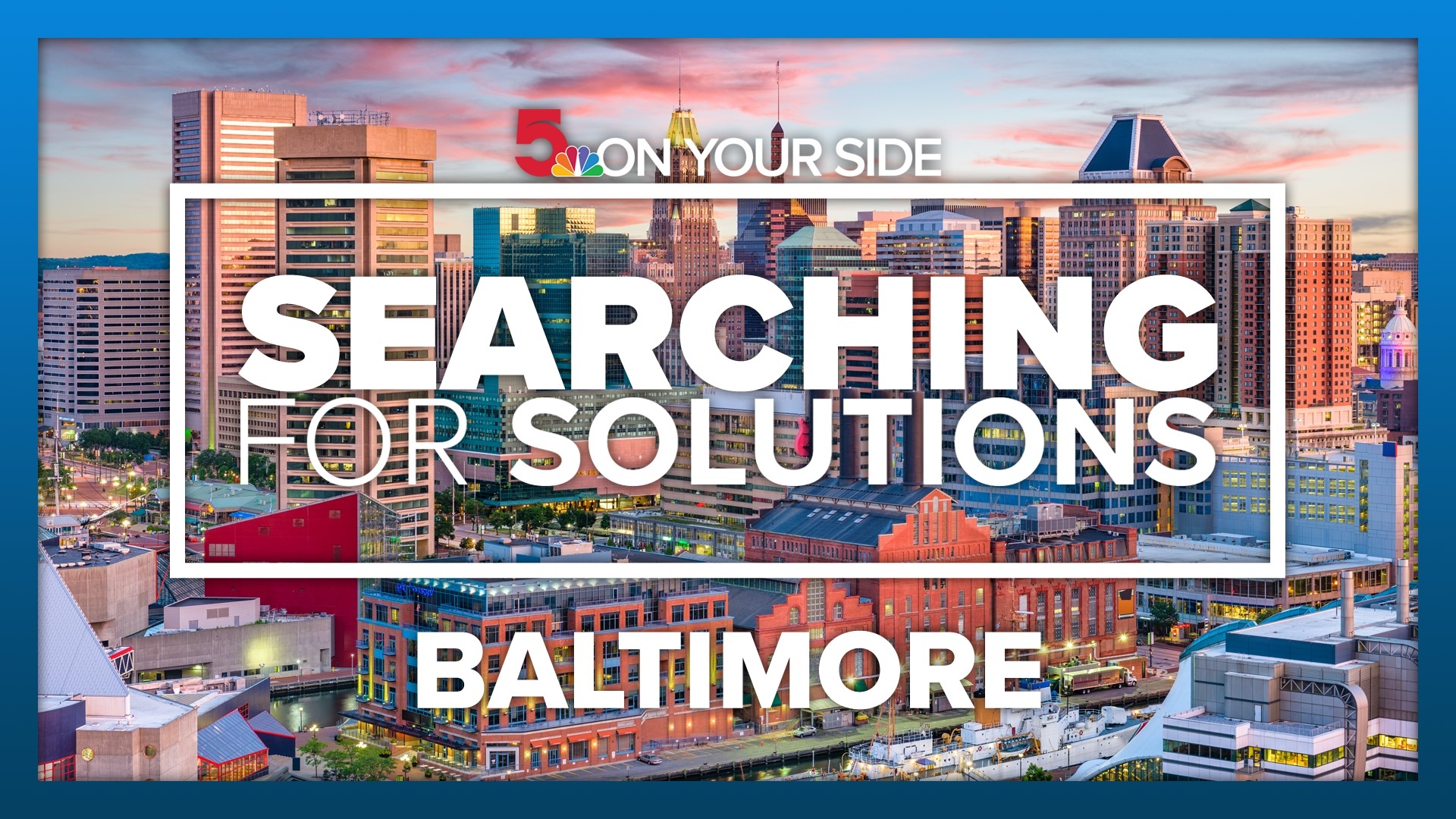BALTIMORE — 5 On Your Side has traveled across the country, learning what other cities are doing to overcome obstacles.
Last year, KSDK crews traveled to Detroit, Indianapolis, New Orleans and Kansas City.
In our final stop, we explore Baltimore, Maryland, a city that's seen its population shrink over the years, which led to a rise in abandoned property. Investors and city partners are now working to rebuild Baltimore.
"It has a great history, a modest history but modesty is one of the city's charms,” said retired John Hopkins University political science professor Dr. Matthew Crenson.
At the heart of what's known as "Charm City," there's a certain staple that charms the palettes of just about everyone.
"Literally Baltimore people put it on everything,” shop owner Robin Eraso said pointing to products of Old Bay Seasoning.
A German immigrant created it to accompany steamed crabs - a delicacy from the region's Chesapeake Bay. Capitalizing on the bay, The Inner Harbor is an area developers have molded over the years for tourists, shoppers and seafood lovers.
Researchers with the Urban Land Institute once called it the model for post-industrial waterfront redevelopment around the world.
"In its heyday, this promenade out here would be packed with people walking. I mean, it would just be crazy busy. You couldn't walk into the store that good ... it was so many people,” Eraso said.
But when Eraso looked out of the Life in Charm City shop these days, she noticed something.
"Like in the last 8 years, it's kind of died down,” she says, pointing to the shops that have left and the foot traffic.
It's why she's excited about a new plan to transform the landscape, tearing down the old pavilion and creating new commercial and residential space, including an amphitheater.
"There's going to be new buildings. These buildings are 40 years old … we’re looking for some change to make things better,” she added.
The goal is to spark revitalization and in turn, bring back the crowds.
A group of stakeholders - including downtown businesses and community associations – are working with developers and city leaders about the best ways to bring the plans to life.
As development discussions at the waterfront move forward, there's another group of stakeholders in the inner city saying, 'Don’t forget about us.'"
"Businesses can't thrive in the city if the neighborhoods are collapsed. There's increased crime, and people are afraid to come into the city,” said Pastor Andrew Connors who works with Baltimoreans United in Leadership Development (BUILD).
BUILD is a non-profit that has rehabbed homes block by block for two decades, bringing once desolate communities back to life. It caught the attention of Baltimore’s mayor, who now wants to use its model as a plan to tackle the problem city-wide, pledging $300 million in city funds to get things started.
If you drive 2 miles east of the waterfront, you’ll get to southwest Baltimore. Folks there call it "SOWEBO."
"As the population declined, we had more houses than the people to live in them,” Connors said.
Baltimore is now home to some 70,000 abandoned properties. Instead of accepting it as the status quo, pastors, politicians and everyday people are now coming together to erase a pattern of disinvestment.
"I see a lot of work ahead, but I see a lot of possibility,” Connors said overlooking an abandoned structure that has burned to the ground.
"I was hearing from a young person the other day who grew up in a neighborhood with lots of vacant and he said, ‘When I walk down the street, I would think to myself as a young person if my neighborhood is not worth investing in who am I to think I'm worth investing in?'" Connors asked.
By getting people back into homes you’d "be looking at $7.5 billion generated in tax revenue,” he added.
It's a demonstration of Baltimore working to cement that charm it boasted since its inception, putting money where it matters to change its narrative.
"It has so much promise still. We know it can be what it used to be,” Eraso said.

